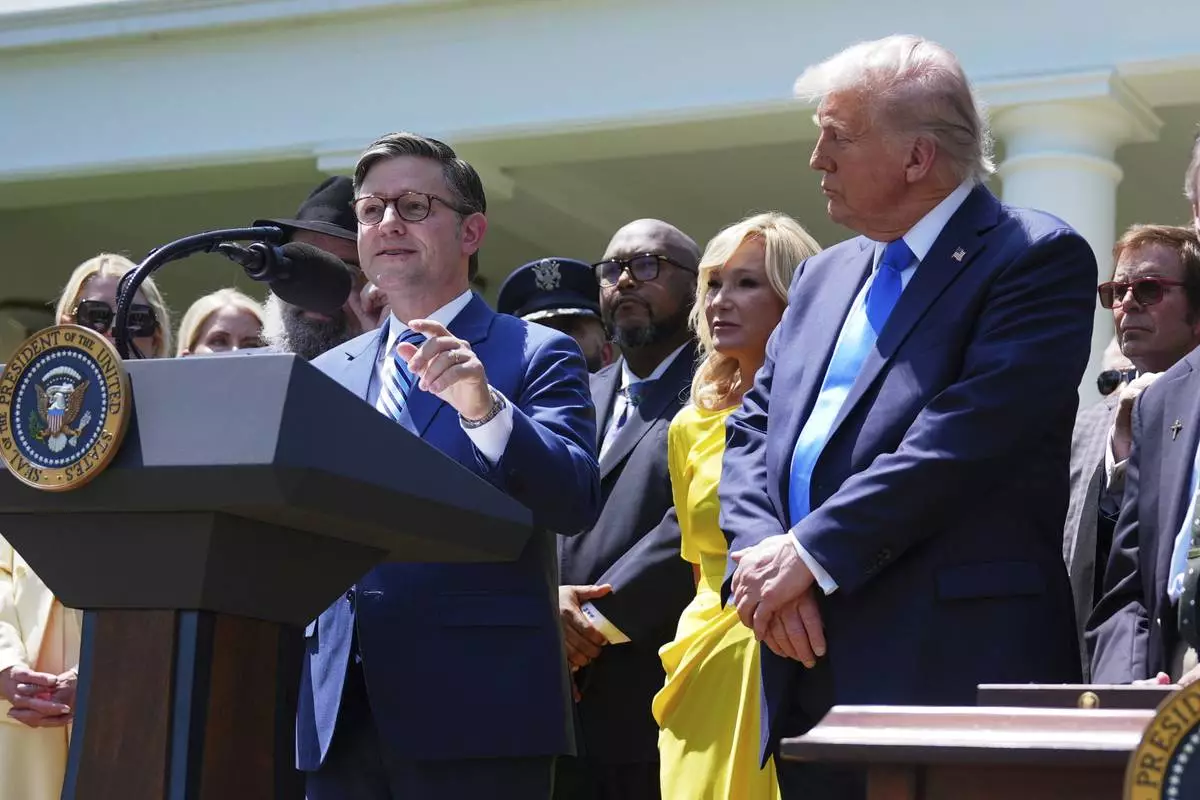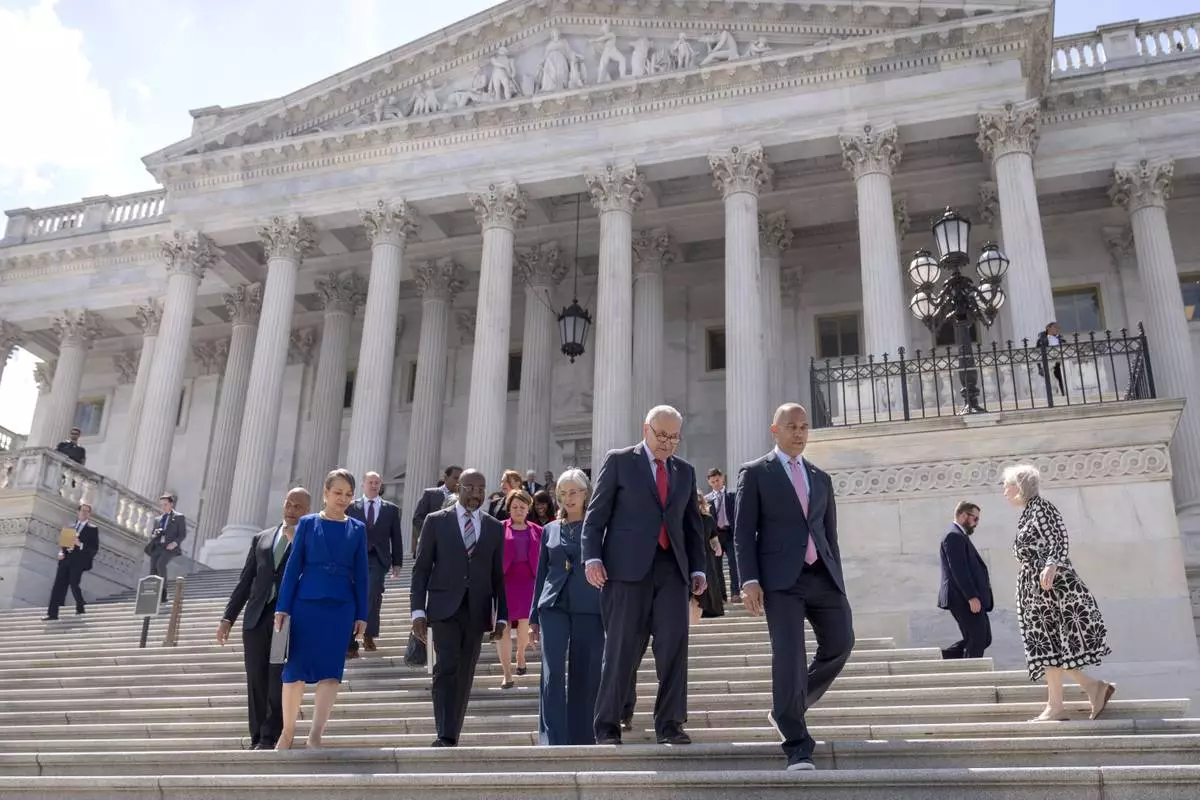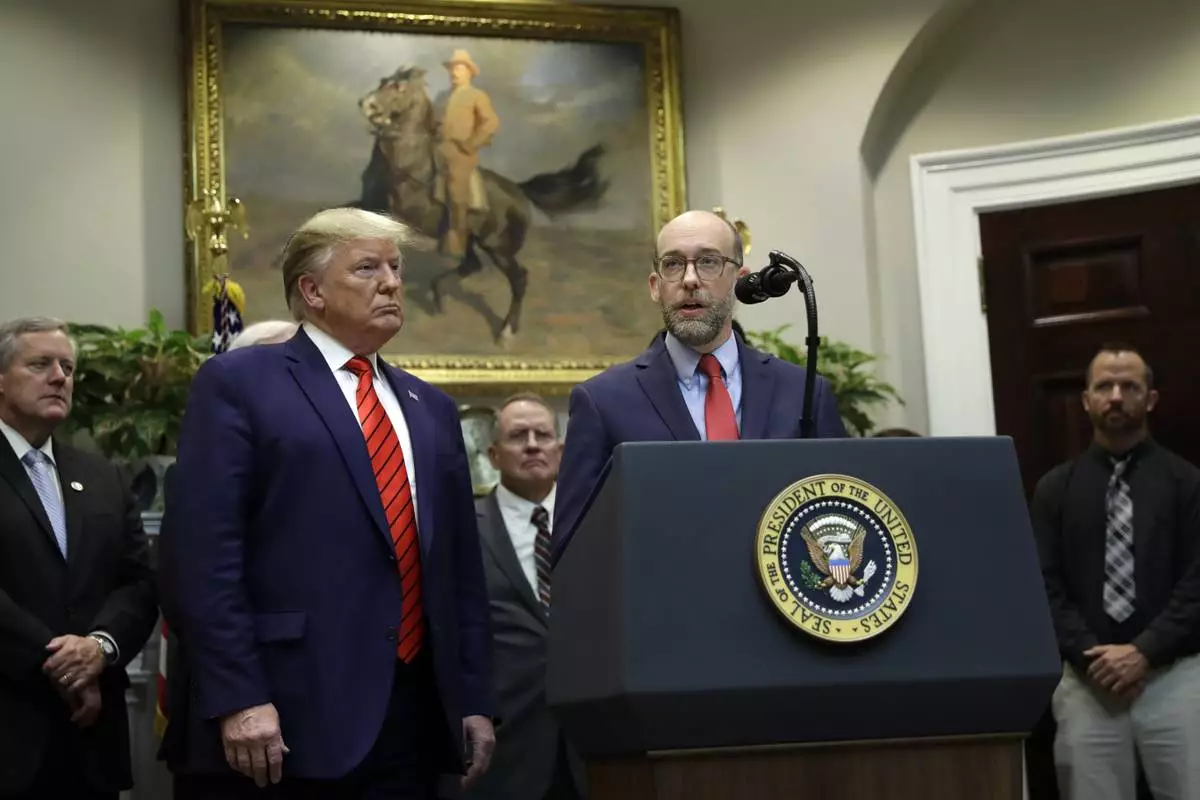WASHINGTON--(BUSINESS WIRE)--Apr 22, 2025--
The Nuclear Company, which is pioneering the modernization of nuclear construction and leading fleet-scale deployment of nuclear power across America, today announced the hiring of longtime U.S. Nuclear Regulatory Commission leader Laura Dudes as Vice President of Regulatory Affairs.
This press release features multimedia. View the full release here: https://www.businesswire.com/news/home/20250422312333/en/
Dudes has more than three decades of nuclear regulatory experience at the NRC and most recently served as the leader of its largest field office, which has more than 200 staff. In that role, she oversaw inspections of 35 operating nuclear reactors and also managed the NRC’s center that focuses on establishing construction expertise for new reactors.
“Laura’s three decades at the NRC involved regulatory oversight of the development, construction and operation of the only two nuclear reactors started and built in the United States in the last 30 years,” said The Nuclear Company Chief Nuclear Officer Joe Klecha, who himself served as the Project Director and VP-Operational Readiness of the two reactors. “Now she brings that crucial expertise to The Nuclear Company as we deploy 6 gigawatts of fleet-scale nuclear power across America and do it both on time and on budget.”
Dudes led the development of the NRC’s first-ever nuclear construction oversight program for the first-of-a-kind reactors built in Georgia and later led the successful oversight of those projects from construction to operation, adding more than 2 gigawatts of reliable, clean baseload power to the American electrical grid.
The Nuclear Company emerged from stealth mode in 2024, responding to America’s surging energy demand with an innovative approach that redefines nuclear construction. Despite the need for nuclear’s firm baseload power, the biggest challenges facing the industry, which creates high-paying head-of-household jobs, are that nuclear projects are almost always over budget and behind schedule. The Nuclear Company aims to avoid those pitfalls through its design-once, build-many methodology, which lowers costs and minimizes delays. This approach leverages advanced construction and manufacturing methods alongside cutting-edge digital technologies, such as AI-driven site selection, real-time construction updates, and integrated supply chain logistics.
Key to The Nuclear Company’s approach is using proven, licensed technology, which will allow the company to achieve significant cost reductions and shortened project timelines, meeting its commitment to on-time, on-budget deployment of its first fleet of nuclear reactors in America.
“I know firsthand how dedicated America’s leadership is to adding reliable, clean baseload power, and I look forward to helping The Nuclear Company lead the way,” Dudes said. “The company’s fleet-scale nuclear deployment model is the solution America needs to meet our surging energy demand.”
About The Nuclear Company
The Nuclear Company is pioneering the modernization of nuclear construction and leading fleet-scale deployment of nuclear power across America. By integrating proven, licensed reactor technologies with digital innovation and its design-once, build-many methodology, the company aims to reduce costs and shorten development timelines. This approach leverages AI-powered real-time construction monitoring and advanced project management to streamline deployment and ensure on-time, on-budget delivery. The Nuclear Company is committed to delivering safe baseload electricity at the lowest cost, while catalyzing the nuclear industry toward rapid development in America and globally. For more information, visit: www.thenuclearcompany.com.


Laura Dudes to lead regulatory affairs at The Nuclear Company
WASHINGTON (AP) — President Donald Trump's 2026 budget plan would slash nondefense domestic spending by $163 billion while increasing expenditures on national security, according to White House statements Friday.
The plan shows a desire to crack down on diversity programs and initiatives to address climate change. But it doesn't include details about what Trump wants on income taxes, tariffs, entitlement programs or the budget deficit — a sign of the challenge confronting the president when he's promising to cut taxes and repay the federal debt without doing major damage to economic growth.
Budgets do not become law but serve as a touchstone for the upcoming fiscal year debates. Often considered a statement of values, this first budget since Trump's return to the White House carries the added weight of defining the Republican president's second-term pursuits, alongside his party in Congress.
House Speaker Mike Johnson, R-La., said the plan showed fiscal discipline given the problems of persistently high budget deficits. The budget released on Friday did not, in fact, include a forecast on government borrowing.
“President Trump’s plan ensures every federal taxpayer dollar spent is used to serve the American people, not a bloated bureaucracy or partisan pet projects,” Johnson said.
Sen. Patty Murray, D-Wash., said the cuts could ultimately be more extreme than what the administration has proposed, noting that the budget doesn't provide funding levels for programs such as Head Start.
“President Trump has made his priorities clear as day: he wants to outright defund programs that help working Americans while he shovels massive tax breaks at billionaires like himself and raises taxes on middle-class Americans with his reckless tariffs," Murray said.
The budget seeks to cut discretionary spending by a total of 7.6% next year, but includes a 13% increase in national security spending.
The State Department and international programs would lose 84% of their money and receive $9.6 billion, a cut that reflects the existing efforts by adviser Elon Musk’s Department of Government Efficiency.
The Housing and Urban Development Department would get a $33.6 billion cut, while the Health and Human Services Department would receive $33.3 billion less and the Education Department's spending would be reduced by $12 billion.
The Defense Department would get an additional $113.3 billion and Homeland Security would receive $42.3 billion more.
The IRS and FBI would lose money, while the Low Income Home Energy Assistance Program would be ended. There would be $980 million less for college students in work-study programs, as well as similarly sized cuts for adult education and instruction for learning English.
The Centers for Disease Control and Prevention would lose nearly $3.6 billion under the plan, while the National Institutes of Health would face a steep cut of almost $18 billion. The budget would eliminate more than $15 billion for infrastructure-related programs tied to climate change and $1.3 billion from the National Oceanic and Atmospheric Administration.
The White House budget plan arrives as Trump has unilaterally imposed what could hundreds of billions of dollars in tax increases in the form of tariffs, setting off a trade war that has consumers, CEOs and foreign leaders worried about a possible economic downturn.
The White House's Office of Management and Budget, headed by Russell Vought, a chief architect of Project 2025, provided contours of a so-called skinny version of topline numbers only, regarding discretionary spending. Project 2025 was a sweeping blueprint from the 2024 campaign season from the Heritage Foundation, a conservative think tank, to slash the federal workforce and dismantle federal agencies
Administration officials said a fuller budget will come soon with plans to address the drivers of the annual deficit.
The nation's estimated $7 trillion-plus federal budget has been growing steadily, with annual deficits fast approaching $2 trillion and the annual interest payments on the debt almost $1 trillion. That's thanks mostly to the spike in emergency COVID-19 pandemic spending, changes in the tax code that reduced revenues and the climbing costs of Medicare, Medicaid and other programs, largely to cover the nation's health needs as people age. The nation's debt load, at $36 trillion, is ballooning.
Democrats are prepared to assail Trump's budget as further evidence that the Republican administration is intent on gutting government programs that Americans depend on.
Congress is already deep into the slog of drafting of Trump's big bill of tax breaks, spending cuts and bolstered funds for the administration's mass deportation effort — a package that, unlike the budget plan, would carry the force of law.
But deep differences remain among the Republicans, who are trying to pass that big bill over the objections of Democrats.
"We are awaiting some final calculations on a few of the tax components, and we expect to be able to complete that work on a very aggressive schedule,” Johnson said.
It's Congress, under its constitutional powers, that decides the spending plans, approves the bills that authorize federal programs and funds them through the appropriations process. Often, that system breaks down, forcing lawmakers to pass stopgap spending bills to keep the government funded and avoid federal shutdowns.
Vought is also expected on Capitol Hill in the weeks ahead as the Trump administration presses its case to Congress for funds.
Among the more skilled conservative budget hands in Washington, Vought has charted a career toward this moment. He served during the first Trump administration in the same role and, for Project 2025, wrote an extensive chapter about the remaking of the federal government.
Vought has separately been preparing a $9 billion package that would gut current 2025 funding for the U.S. Agency for International Development and the Corporation for Public Broadcasting, which involves the Public Broadcasting Service and National Public Radio. Trump signed an executive order late Thursday that instructs the Corporation for Public Broadcasting and federal agencies to cease funding for PBS and NPR.
Vought has said that package of so-called budget rescissions would be a first of potentially more, as the Trump administration tests the appetite in Congress for lawmakers to go on record and vote to roll back the money.
This story has been corrected to reflect that the administration is proposing to cut the Health and Human Services budget by $33.3 billion, not $33.3 trillion.

House Speaker Mike Johnson, R-La., speaks as President Donald Trump, right, listens during a National Day of Prayer event in the Rose Garden of the White House, Thursday, May 1, 2025, in Washington. (AP Photo/Evan Vucci)

Senate Minority Leader Chuck Schumer, of N.Y., second from right, and House Minority Leader Hakeem Jeffries, of N.Y., right, arrive with other House and Senate Democrats for an event to mark 100 days of President Donald Trump's term on the steps of the Senate on Capitol Hill, Wednesday, April 30, 2025, in Washington. (AP Photo/Mark Schiefelbein)

FILE - President Donald Trump listens as acting director of the Office of Management and Budget Russ Vought speaks during an event on "transparency in Federal guidance and enforcement" in the Roosevelt Room of the White House, Oct. 9, 2019, in Washington. (AP Photo/Evan Vucci, File)














